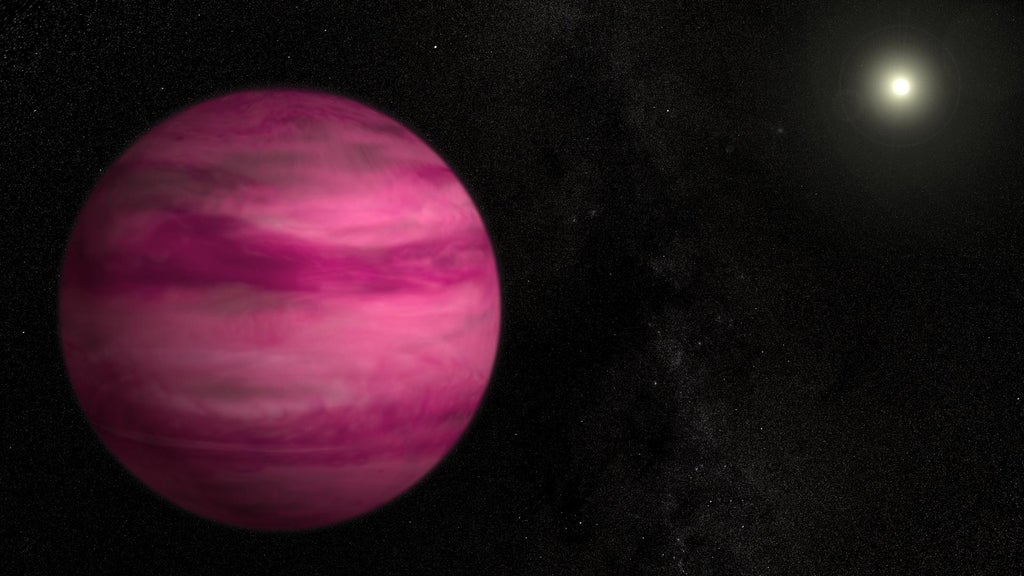
Even as the James Webb Space Telescope inches closer to beginning its science mission, experts are already thinking about the next big space telescope, Nasa’s Nancy Grace Roman telescope.
In a Thursday blog post, Nasa scientists discussed Roman — which will launch in 2027 — and its capabilities, which could allow astronomers to image exoplanets as relatively small and cool as Jupiter for the first time.
Exoplanets are so far away that most of these distant worlds were discovered indirectly by observing their effect on their host star.
But the Roman telescope, a wide-field of view instrument like the Hubble Space Telescope with a 2.4-metre diameter primary mirror, will use a coronagraph, a sort of mask, to block out the glare of distant stars and enable direct imaging of light from distant exoplanets.
Most previous coronagraph exoplanetary astronomy utilized ground-based telescopes, and while the Webb telescope will utilise a coronagraph, Web can only see in the infrared portion of the spectrum.
“We will be able to image worlds in visible light using the Roman Coronagraph,” Nasa Jet Propulsion Laboratory astronomer Rob Zellem said in the blog.
“Doing so from space will help us see smaller, older, and colder planets than direct imaging usually reveals, bringing us a giant leap closer to imaging planets like Earth.”
Roman should be capable of directly imaging exoplanets roughly the size of Jupiter, helping to characterize the contents of their atmosphere, assess their habitability, and maybe even detect signs of life.
Ultimately, scientists hope to conduct similar studies of small, temperate, rocky planets like Earth, but such observations will have to wait until the next generation of space telescopes.
“To image Earth-like planets, we’ll need 10,000 times better performance than today’s instruments provide,” Jet Propulsion Laboratory astronomer Vanessa Bailey said in the blog.
Nancy Roman was an American astronomer who became the first female executive at the US space agency and served as Nasa’s first Chief of Astronomy throughout the 1960s and 1970s.







